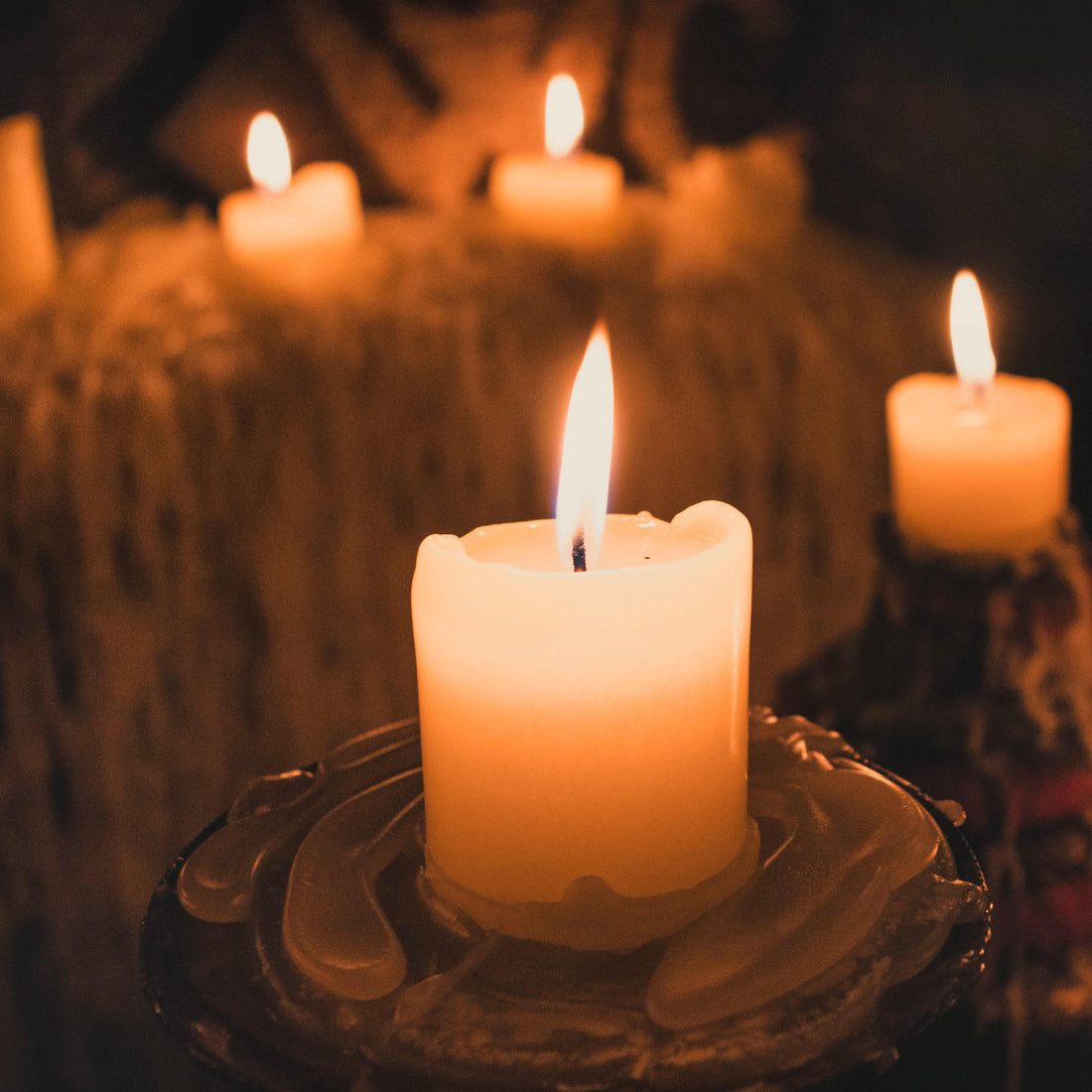
How Handmade Candles Have Changed Over the Years
Share
Handmade candles have been a source of light for more than 5000 years. By 3000 BC, both the ancient Romans and Egyptians had invented the wicked handmade candle. The Romans dipped rolled papyrus into melted tallow or beeswax. These candles were used for both lighting homes, helping those travel at night-time and in special ceremonies.
Later it was found that early Chinese communities had made candles moulded in paper tubes. Each of their handmade candles had rice paper for the wick, and wax obtained from an insect, which was combined with seeds. The Japanese used wax extracted from tree nuts, while in India, candle wax was obtained by boiling fruit from the cinnamon tree.
From these early years, the way candles were made began to change. The Westerners of the Middle Ages made candles from tallow or animal fat, and beeswax. Beeswax had the advantage of burning cleanly, and smelt nice. Due to their cost though, these were mainly used in religious ceremonies or by the wealthy. The 13th Century saw candle making become a guild craft, where chandlers (candlemakers) went from door to door making candles in homes with saved tallow or sold their wares from a shop.
Handmade Candles in Colonial Times & Early 19th Century
As time passed, the methods of creating handmade candles changed yet again. Scientific discovery in the 1820s by French chemist Michel Chevreul let him isolate stearic acid from animal fats. This led to the manufacture of stearin wax which is still used in European candles today.
In 1834, mass production of machine-made candles started, thanks to the creation of a moulded candle machine by Joseph Morgan. This lowered the price significantly and made candles more affordable.
The 1850s saw the introduction of paraffin wax and was quickly used as the candle wax of choice by chandlers. When mixed with stearic acid, paraffin wax has a higher melting point, meaning candles burn better.
Handmade Candles in the 20th Century & Today
Paraffin wax and stearin candles continued to be popular in the 19th century. But there has been a shift in the type of candles people are wanting to buy. Handmade candles containing soy wax have replaced paraffin wax as the popular ingredient. Paraffin wax and stearic acid can cause harm to the environment; soy wax, in general, comes from more renewable and sustainable manufacturing methods.
The desire for handmade candles to be used as mood setters, fragrance deliverers and accent home décor pieces has grown. Nowadays, people want elegant, handmade, sustainable and environmentally-focused candles available; which we sell.
Earth Candles are born from a passion and created by hand. Our handcrafted soy candles rest in a recycled beer or wine bottles and use only natural soy wax and fragrances. Come and explore our range of beer bottle tealights and candles, plus our larger wine bottle soy candles today.